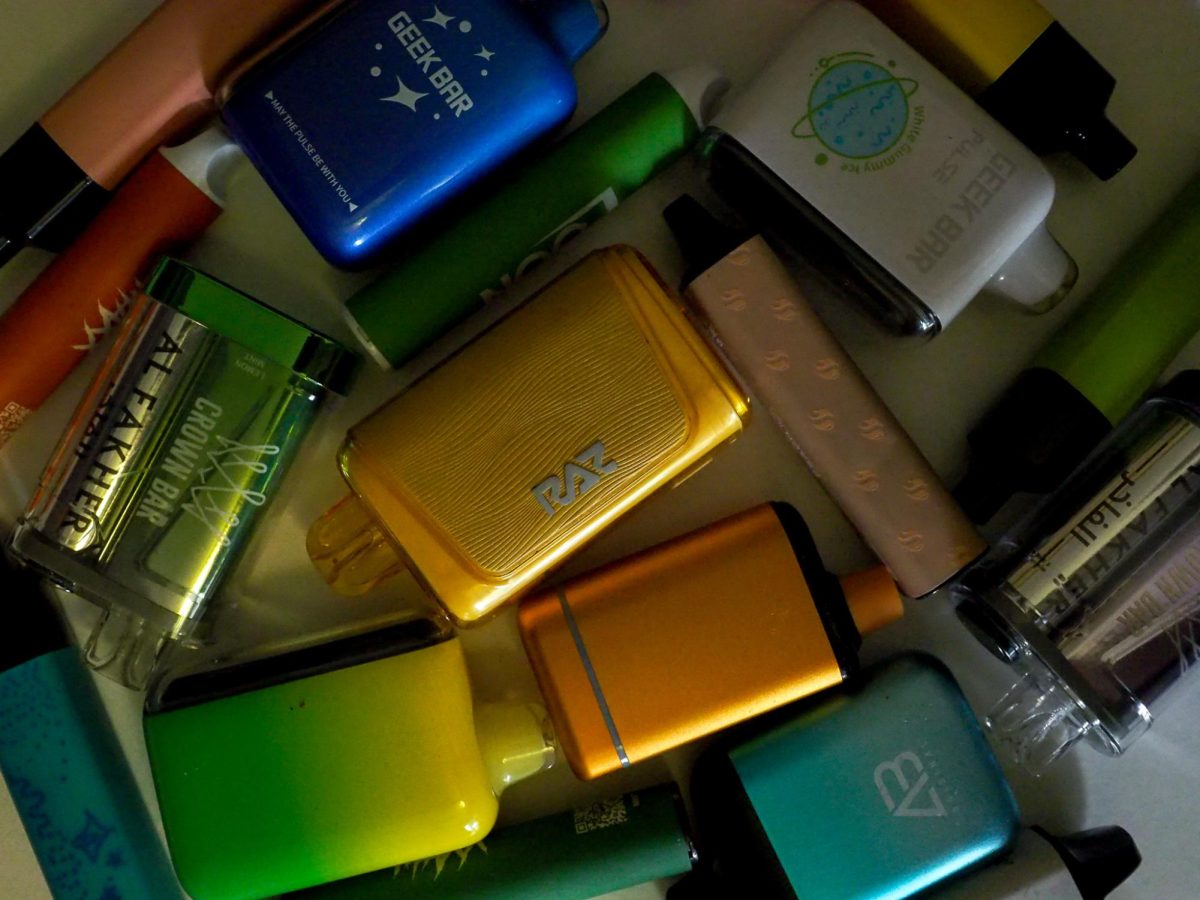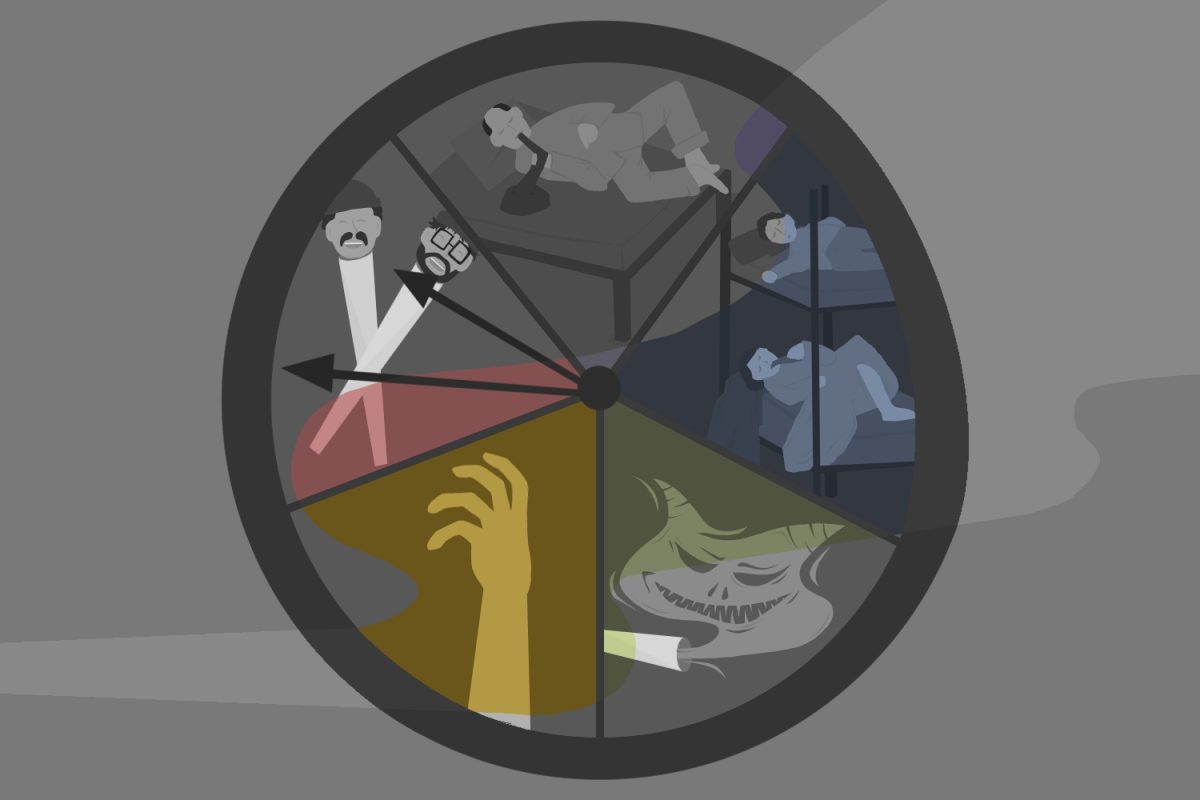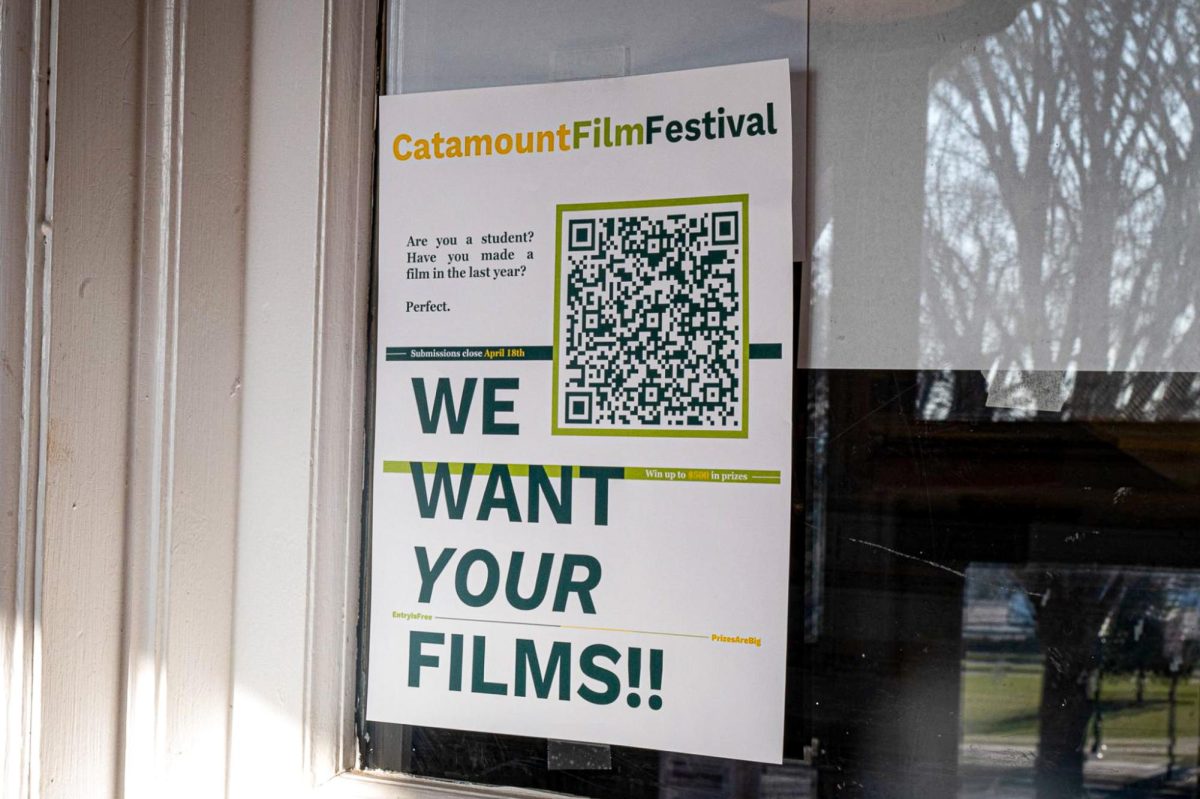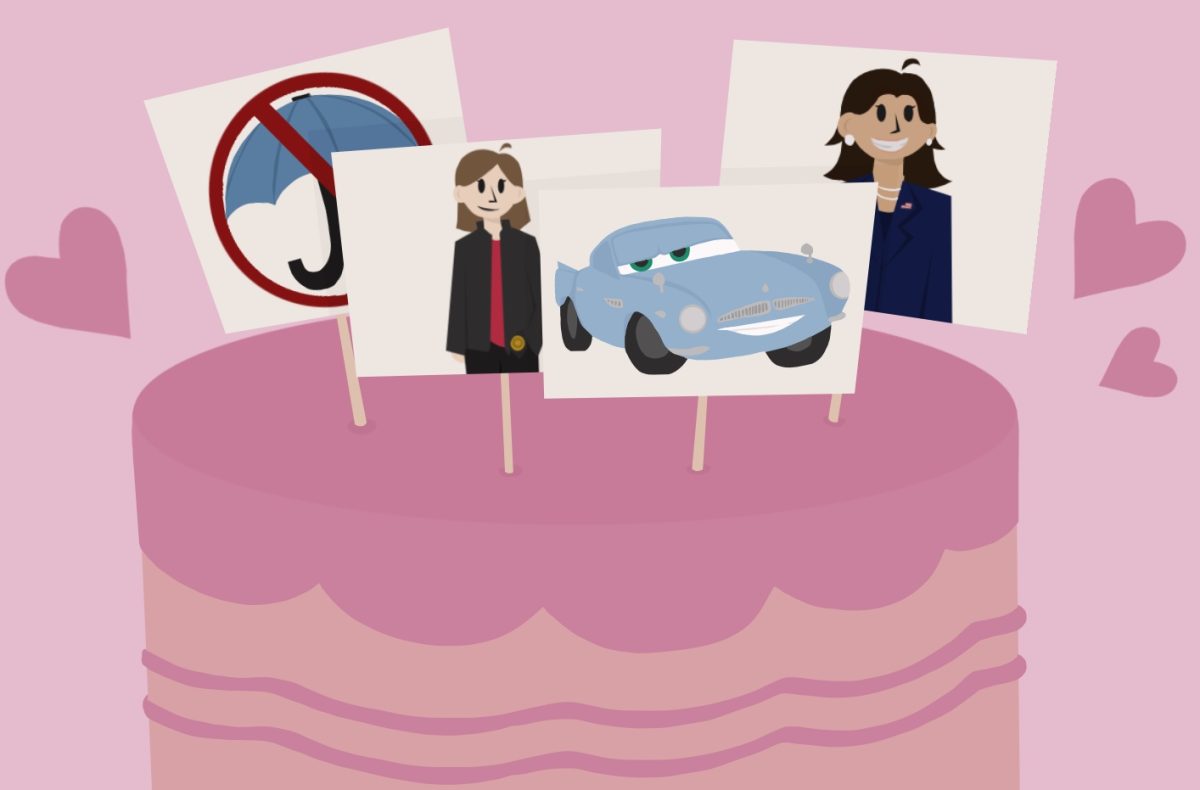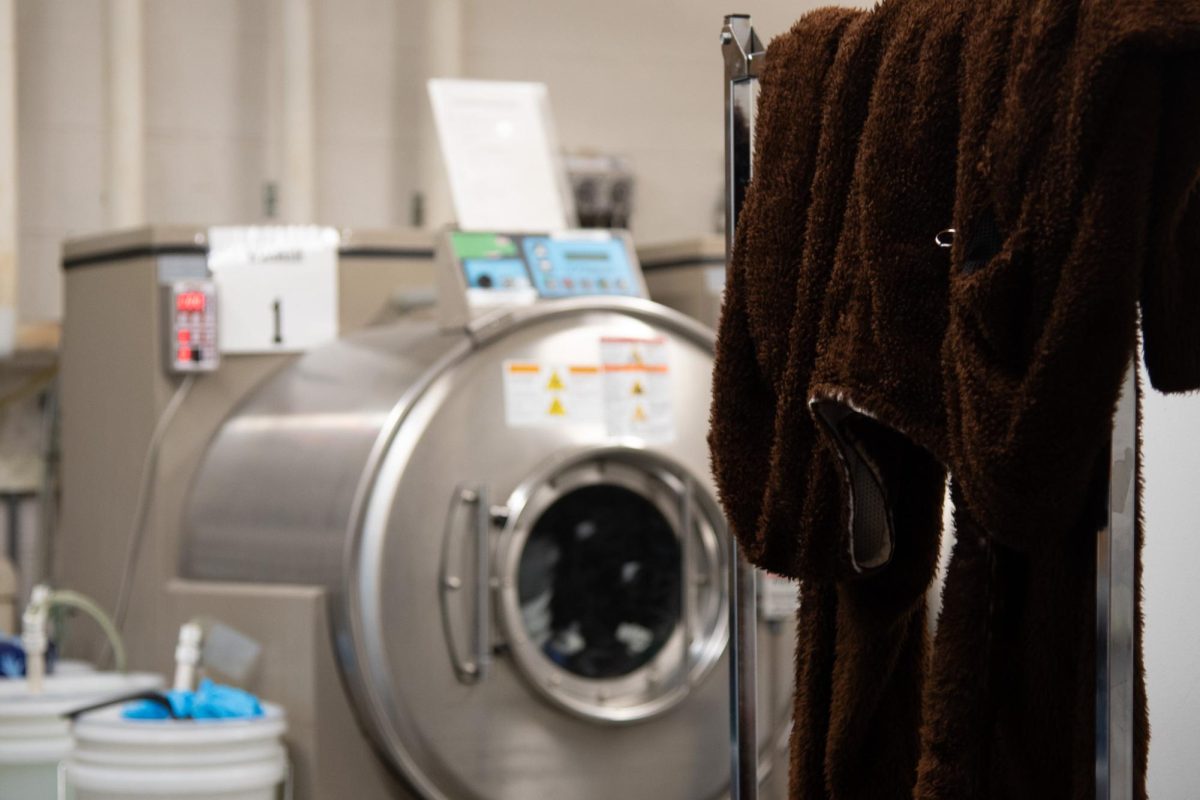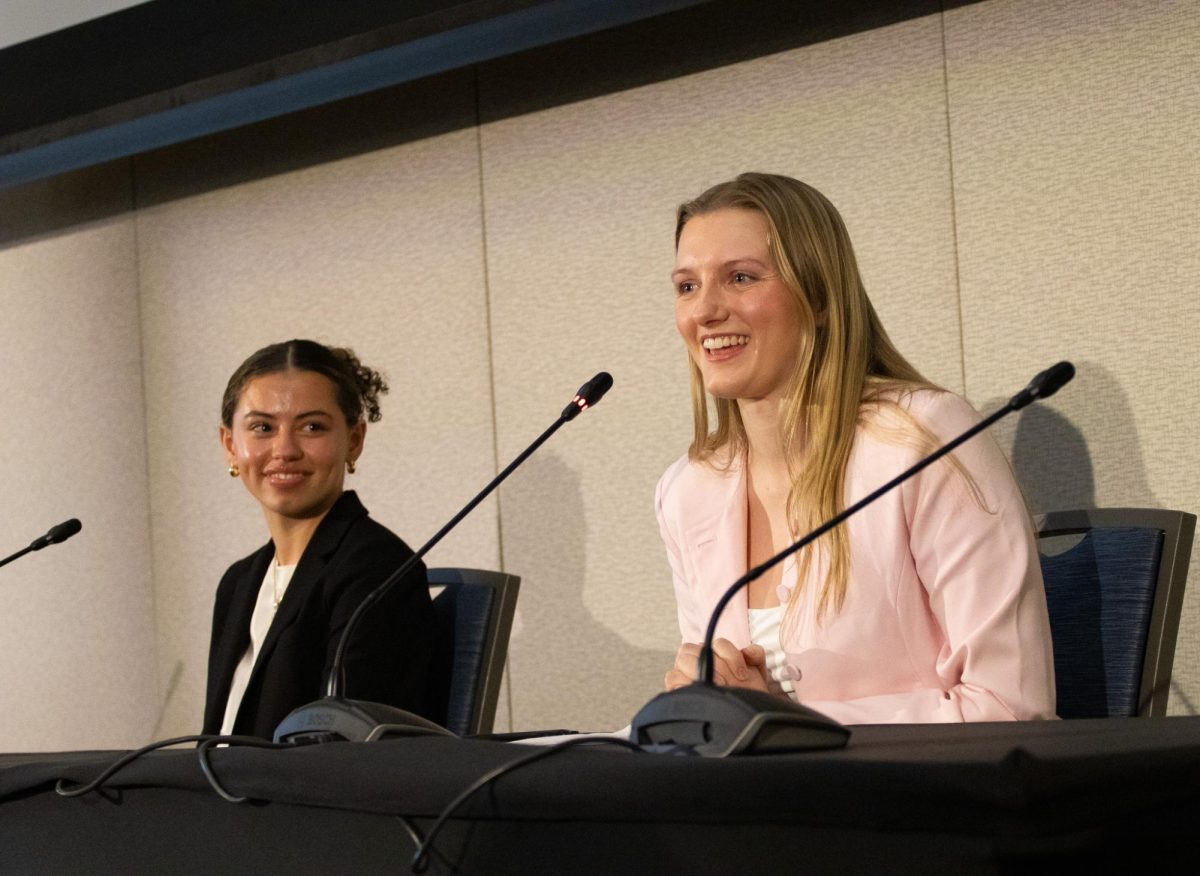Since elementary school, education on the harmful effects of tobacco and nicotine is taught all around the country.
From the Centers for Disease Control and Prevention PSAs that played on TV and the Truth and The Real Cost ads played in middle school health class, nicotine was always shown as a dangerous and addictive substance.
Most of Gen Z grew up with these commercials and lessons and yet, in a survey questioning UVM students, 136 out of 162 respondents said they have consistently consumed nicotine products.
Whether it’s a night in the amphitheater or during the day outside Old Mill, UVM campus smells like cigarettes even with the tobacco-free policy in place.
It seems like cigarettes are making a comeback.
Cigarettes are not the only source of nicotine that floods the school. Vaping and nicotine salt, in the form of ZYN, are also heavily used among students. 16.9% of UVM students prefer nicotine salts over other nicotine products.
“Since the ‘80s, ‘90s, 2000s, there was a campaign against nicotine, and it was successful in driving rates down. So why would it be that three decades of people [are]responding to it differently now, right?” said Tom Fontana, the alcohol, cannabis, and other drugs initiatives manager at Living Well.
A main reason people tend to consume nicotine is the rise of vapes and e-cigarettes that started in the late 2010s. JUUL, a popular company dedicated to e-cigarettes, was a massive contributor to the rise of nicotine sales.
Total vape sales from the beginning of 2017 comprised 5.7 million units. The rates of sale continued to rise, reaching a 293.6% increase by March of 2022, which sold 23.3 million units.
In 2017, JUUL sales were at their peak, with 2.2 million devices sold in that year.
With the use of clever marketing with fruity flavors, many young people quickly fall into this habit.
“These companies are looking at creating, designing and spending millions of dollars to influence you largely and subtly, and it’s been effective,” Fontana said.
Even though 34.7% of UVM students said they have only been vaping for 3-4 years, early access to e-cigarettes often influences many young people to start this unhealthy habit, unaware of the heavily addictive chemicals they contain..
“At seventh grade orientation I caught my sister with her vape, and [my sister] was like, ‘hit this.’… and I did it because I thought it was cool,” first-year John Simon said.
Many people shared their rationale for vaping, with reasons like convenience and taste, as well as the opinion that vaping isn’t as harsh as smoking a cigarette.
However, people smoke because it takes more time to go outside and smoke and because it is less convenient, in a way to defer the addiction. Another huge part of cigarette culture is the “drunk cig.”

A drunk cigarette, while a staple drunk activity at parties and weekend plans, is a huge excuse for many to defend their nicotine use.
“If you hit somebody’s vape after being drunk, the next time you’re drunk, drunk you is cued to think about a vape again,” Fontana explained.
Many people are able to enjoy a drunk cigarette and not become addicted to them; however, for those trying to quit, it can be difficult to participate in the ‘drunk cig culture.’
Ariana Winawer, a sophmore, who quit vaping and smoking for 3.5 years, shared her story of becoming addicted to nicotine again.
“I was drunk one night, and this girl kept pushing me to hit her cigarette. And then I was like, no, no, no. And then I did. And the next day I bought a new pack. I didn’t want to at all. I wasn’t planning on it,” she said.
Of the survey responses, 36.8% of people said they have tried quitting nicotine before but ended up getting re-addicted.
The struggle of quitting that many people go through is tedious and many tend to relapse or start using other nicotine products.
Additionally, many celebrities have recently been spotted smoking cigarettes. This influences many young people who idolize and aestheticize celebrities such as Addison Rae and Lana Del Rey.
Many people’s main reason for consuming nicotine is the integral social aspect of it. Being able to meet new people and talk in a casual setting is highly appealing to many young people.
While almost all of Gen Z has gone through the education of the dangers of these products, many people continue to participate. When comparing the dangers to the appealing factors, many people will choose the latter.


